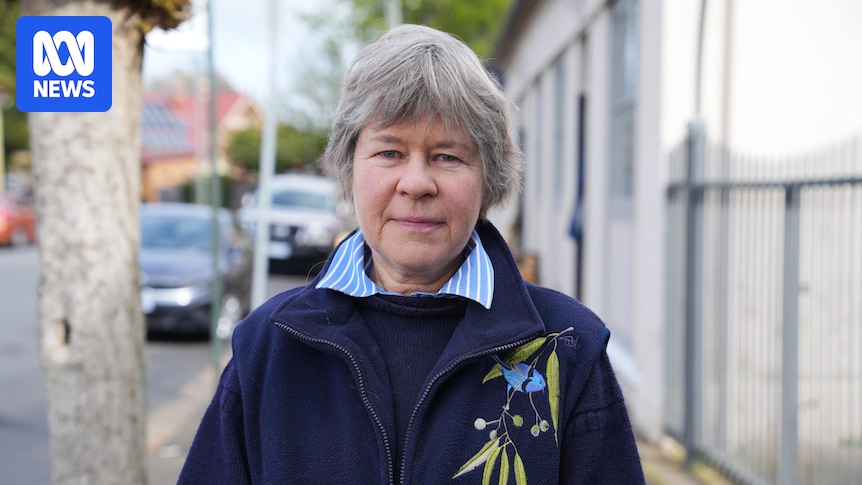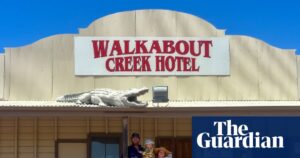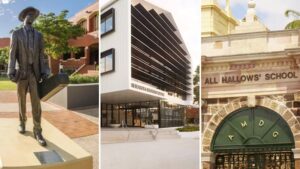
Janice Miller is waiting to breathe a sigh of relief. The resident of Evandale, a historic town in northern Tasmania, has spent years trying to dissuade Sydney-based developers from building a large housing estate on the outskirts of her community. Last month, the local council refused to move forward with a rezoning request that would facilitate the project. However, the developer, Traders In Purple, has now asked the Tasmanian Planning Commission to review that decision.
Local Concerns Over Development
Evandale is renowned for its annual penny-farthing races, Sunday markets, and heritage-listed Georgian architecture. When Traders In Purple unveiled plans in 2018 to double the size of the community with a new suburb over 242 hectares of agricultural land, many residents, including Miller, raised concerns. Despite the ongoing housing crisis, Miller argues that new developments should be guided by strategic planning.
“Let’s fill those spaces up first, and then if there’s a need in the future, we can look at incrementally pushing out from the village,” Miller said, emphasizing the importance of preserving agricultural land for food production. She worries that the proposed development would disrupt the “fabric of the community” and lead to increased traffic congestion.
Developer’s Vision and Council’s Rejection
Although Traders In Purple put its Evandale land on the market earlier this year, it continued to pursue a smaller yet significant vision: 263 allotments over 80 hectares. The company claims the project aligns with the community’s objectives, offering new housing while preserving Evandale’s unique village character. The plan includes public open spaces, spots for local businesses, and community-purpose areas for aged care, childcare, and medical facilities. However, it requires land rezoning, which the Northern Midlands councillors refused to initiate last month.
“[The project] meets the community’s primary objectives — new housing that preserves the unique village character of Evandale for a sustainable town future,” Traders In Purple stated.
Community Division and Environmental Concerns
A community survey conducted before the council’s decision revealed that 98 percent of respondents opposed the development. Northern Midlands Mayor Mary Knowles cited several reasons for the rejection, including concerns about how the project would align with an upcoming planning scheme review and the potential traffic issues due to construction trucks unable to bypass the town.
Additionally, TasWater advised that most of the land was outside its serviced area for water and sewerage, with no plans for expansion. Environmental concerns also played a role, with many residents worried about the impact on the vulnerable green and gold frog species.
While some community members celebrated the council’s refusal, others, including a local school and some residents, supported the project. “And we do have precious little historic communities,” Knowles noted. “But to keep these communities viable, we also need families there to keep the schools viable. So all sides need to be considered.”
Next Steps and Broader Implications
Traders In Purple, which recently led a housing development in Kingston, southern Tasmania, expressed disappointment over the council’s decision. The Evandale land remains on the market as the developer awaits the Tasmanian Planning Commission’s review. Once the commission receives all relevant material, it will have 28 days to decide on the review.
This development follows broader trends in Tasmania, where balancing heritage preservation with modern housing needs poses ongoing challenges. As the state grapples with a housing crisis, the outcome of this review could set a significant precedent for future developments in similar communities.
The move represents a critical juncture for Evandale, as stakeholders await the commission’s decision, which will determine the town’s future growth and preservation balance.





